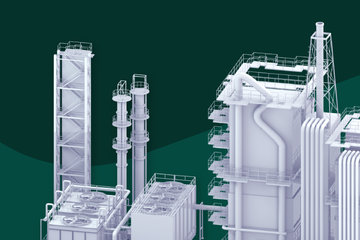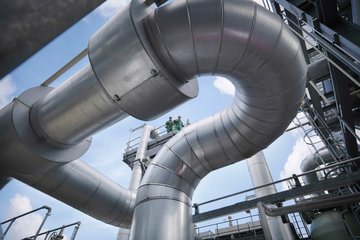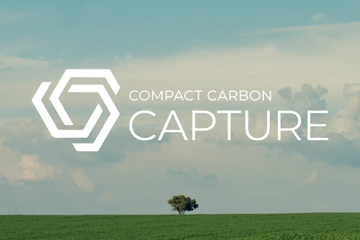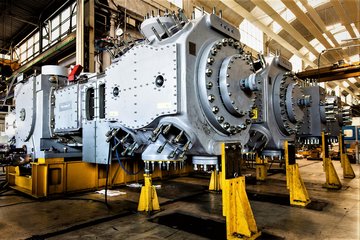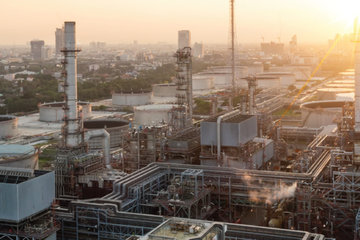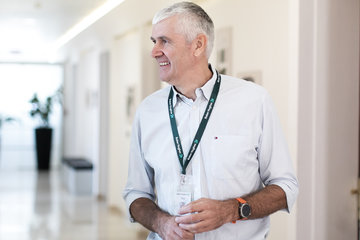CCUS technology and direct air capture are critical to industrial decarbonization

Some Industrial processes in the global economy cannot decarbonize without CCUS
CCUS (Carbon capture utilization and storage) may be the only way we can address the nearly 25% of point source industrial emissions that cannot be avoided by moving to alternative fuels because emissions come from fossil-fuel intensive industrial processes using natural gas or oil.

To meet the Paris Agreement climate goals, CCUS needs to grow exponentially
In 2020 there were only 26 active CCUS projects. According to the IEA’s Sustainable Development Scenario, CCUS capacity will have to increase from roughly 40 million tons of carbon dioxide (CO2) today to a capacity of 7.6 Giga tons of CO2 by 2050 to meet our climate change goals.

There is no one-size-fits-all technology for carbon dioxide removal
Despite its long history and relative maturity, the application of carbon capture technology still involves the uncertainties associated with emerging renewable and low-carbon technologies. Emitters will need a mix of CCUS technologies to meet point source emissions reduction needs and climate goals over the next decade, whether in the US, China, or Europe.
We are investing today in the carbon capture and storage solutions of tomorrow

Baker Hughes and Horisont Energi explore offshore carbon capture, transportation, and storage
This groundbreaking memorandum of understanding (MoU) will jointly explore development and integration of CCUS technologies for the Polaris carbon storage project in Norway and collaborate on new processes and technologies across the value chain.
CCUS is a net-zero emissions imperative: here’s how we make it a reality

As the world attempts to build an energy mix that is net carbon dioxide neutral, it is easy to overlook the importance of energy sources that continue to produce carbon emissions. That’s why carbon capture, utilization, and storage (CCUS) technologies will undoubtedly play an important role in achieving a net-zero emissions energy future in not only the US but also Europe and China.
Born from necessity in the hydrocarbons sector, the application of CCUS still involves uncertainty. And scaling up will require unprecedented development from new large-scale partnerships and storage projects, backed up by the findings of the Intergovernmental Panel on Climate Change (IPCC). Can emitters collectively develop and deploy these technologies, scaling up faster than ever before?
Download our latest feature report to learn more.
We make complex CCUS projects happen by applying decades of experience

Proven experience at a world-class scale
From our early projects in the 2000s, when we carried out subsurface studies for the now largest operational CCS system in the world located in Australia, we remain at the forefront of decarbonization.
Industries we serve:
- Oil & Gas
- Iron & Steel
- Cement
- Chemicals
- Waste-to-energy
- Power generation
- Power plants
- Enhanced oil recovery
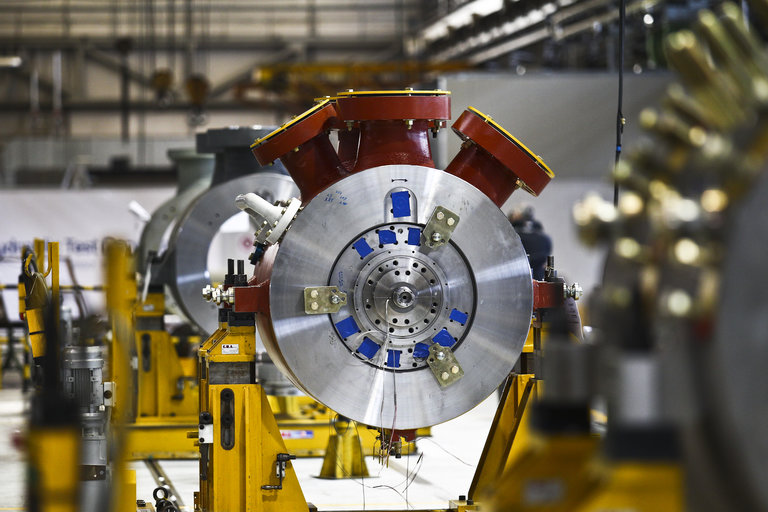
The industry's broadest CCUS technology portfolio
Now, we are advancing our industry-leading CCUS portfolio—which includes technologies for direct air capture, transport, storage, monitoring, and well services—to develop and deploy carbon dioxide reduction and removal solutions to enable a Net Zero emissions future for the energy sector and beyond, sequestering greenhouse gases and offering solutions that enable industries to meet their climate goals while continuing to operate sustainably and keeping up with growing global energy demand.
Our offering includes:
- Pre-front end engineering design and FEED consultation and project design
- Capture and purification
- Fit-for-purpose carbon dioxide compression technology
- Subsurface engineering and characterization
- Well design and construction for storage projects
- Integrity, monitoring, and site stewardship
Flexible and scalable energy transition solutions to meet the needs of your CCUS project
News and resources
While significant progress is being made, the industry needs to see a strong business case for CCUS. In addition to developing policies that promote investment in CCUS, DOE is investigating new ways to extract an economic benefit or additional value from capture CO2.









